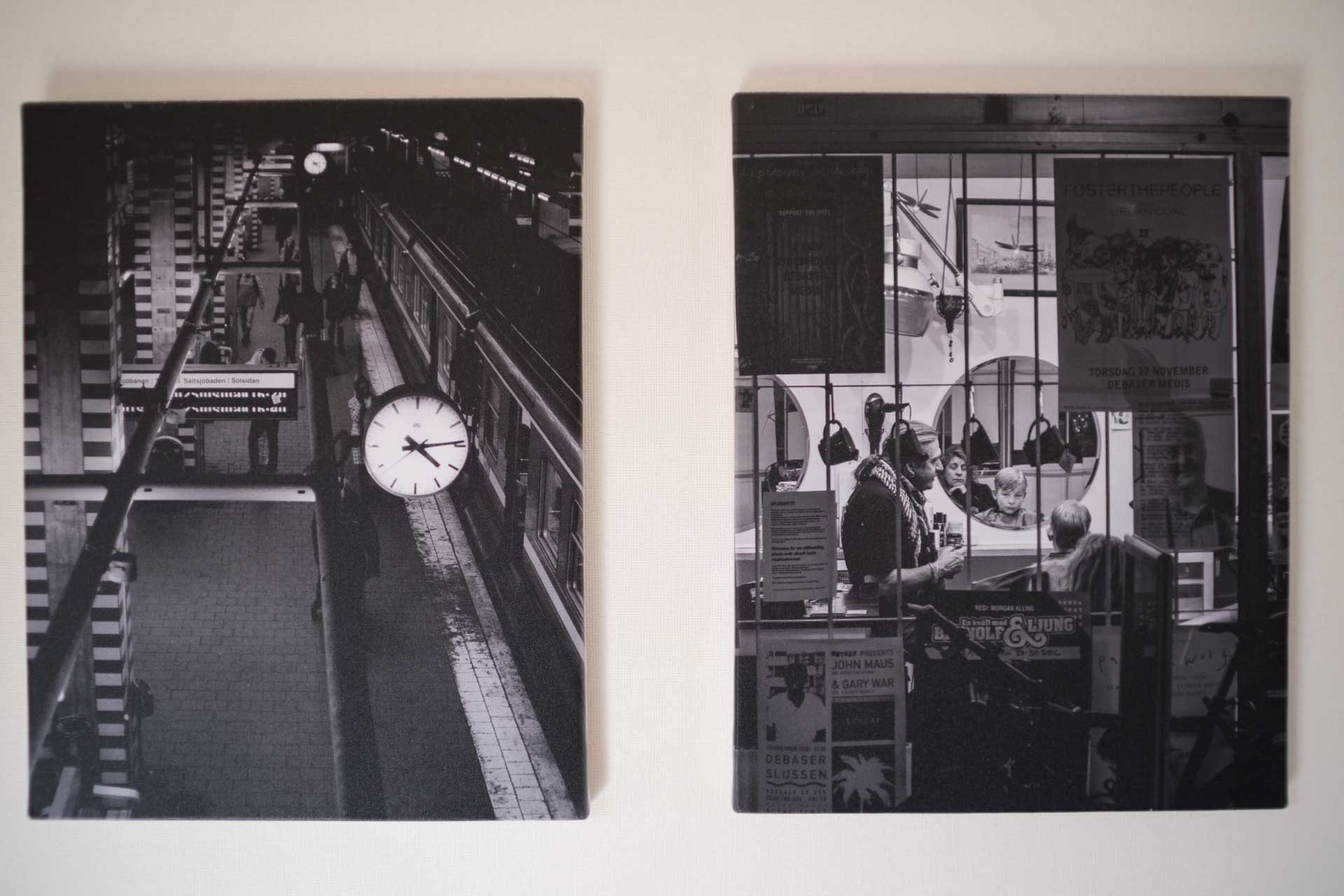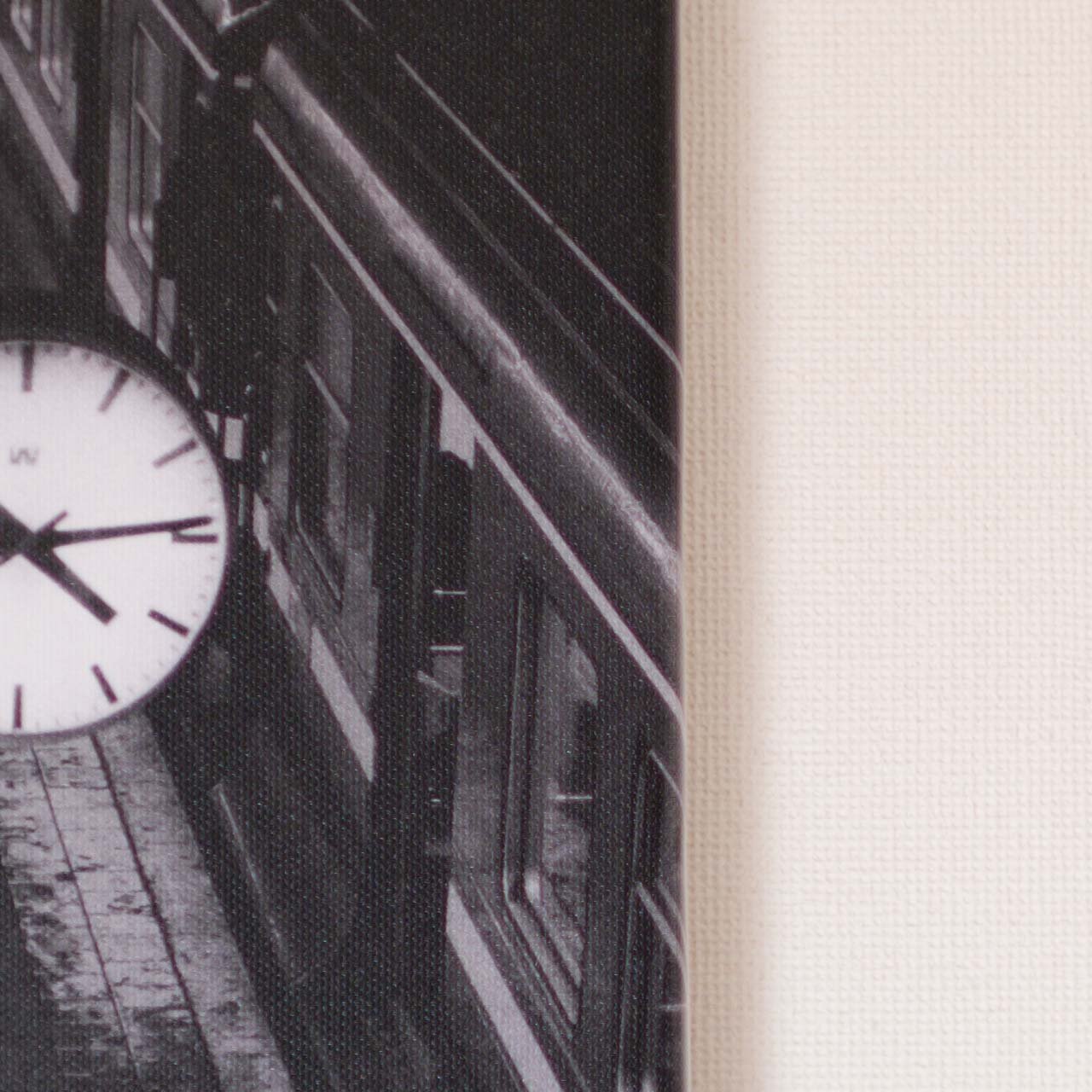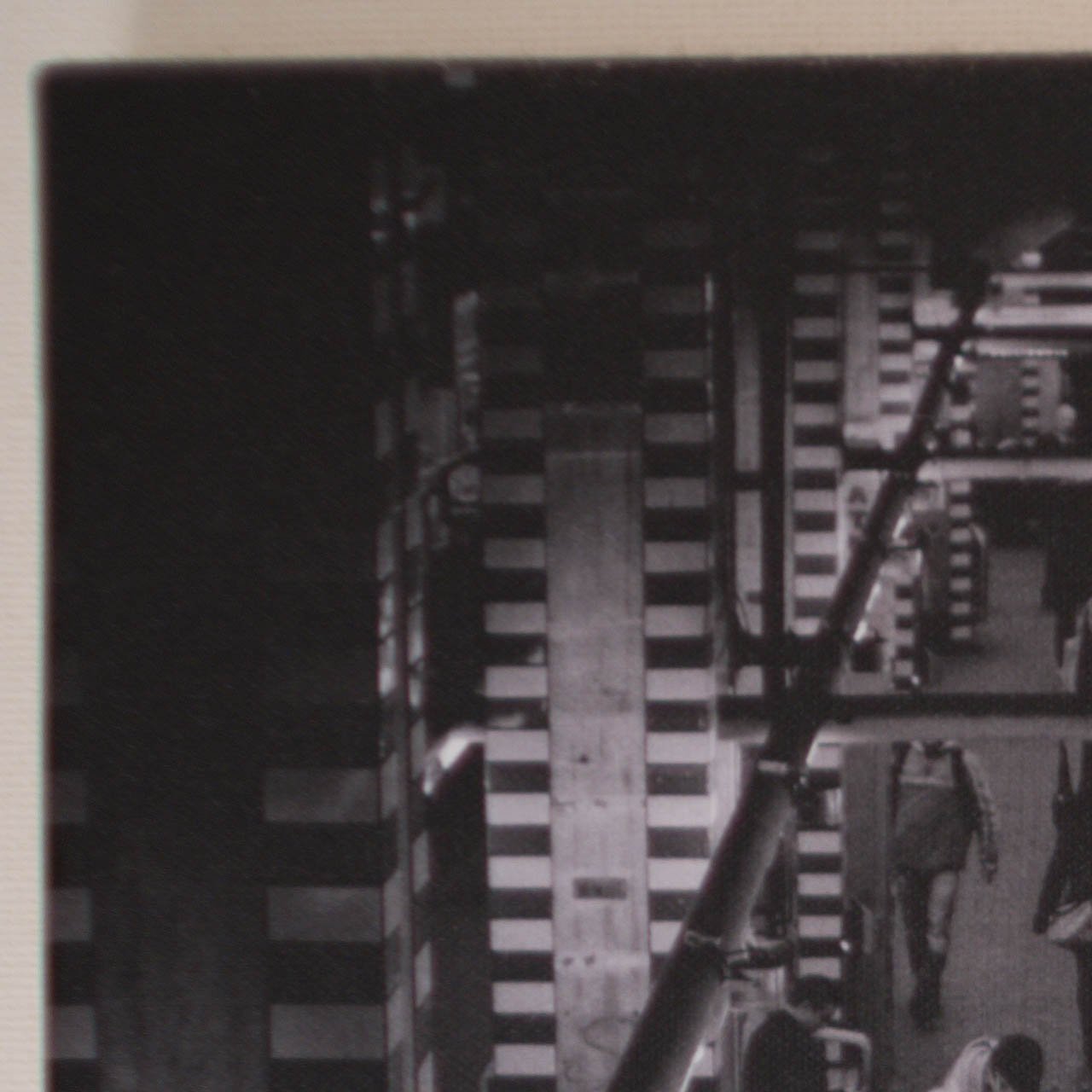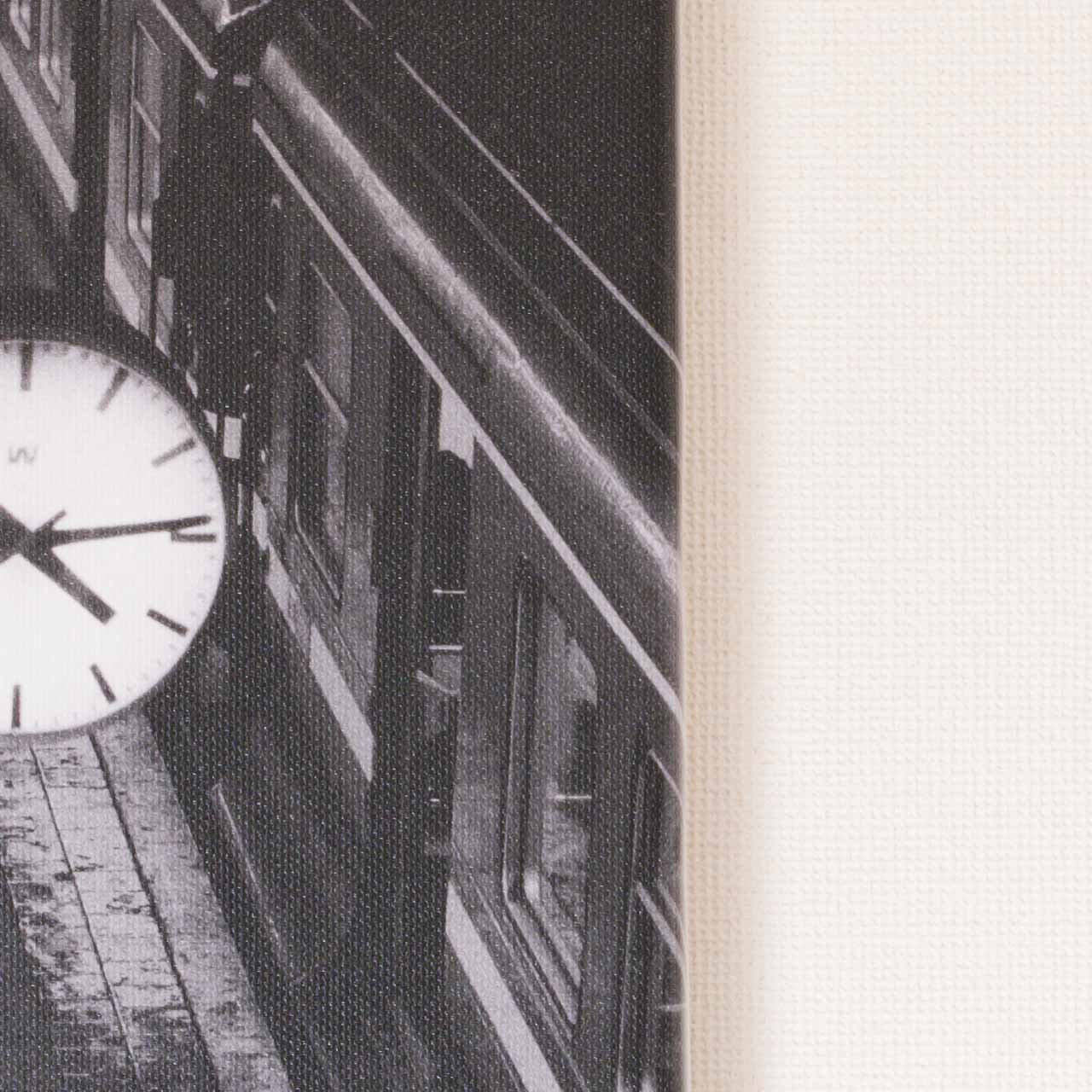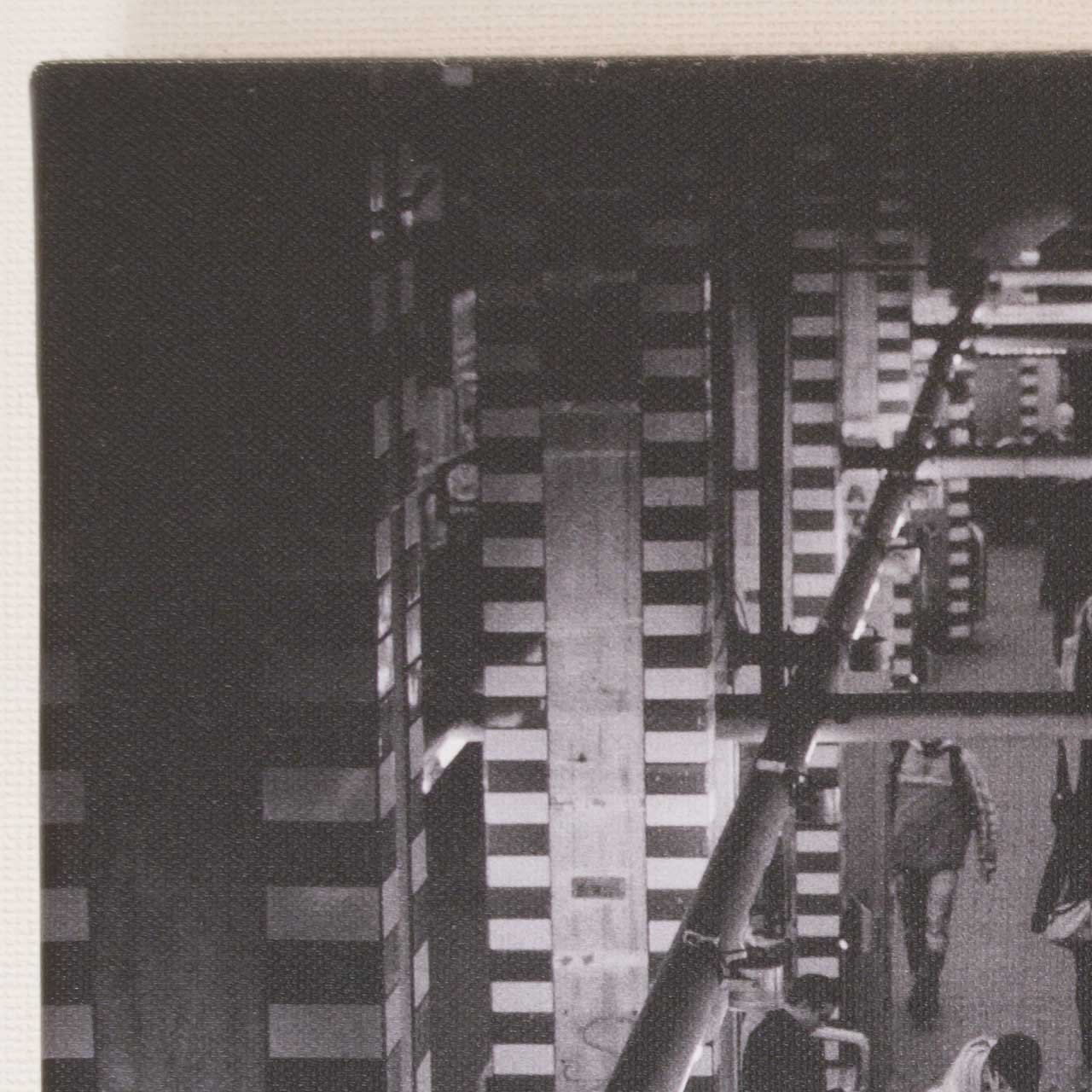The only other manual focus 50mm or equivalent lens I like more than the Meike 35mm f/0,95 is the Zeiss Planar 50mm 1,4. And what I like more about the Zeiss is its superior ergonomics, haptics, and build quality, none of which is a strike against the Meike, certainly not at its price.
Like the Zeiss, wide open, the Meike glows around focus edges. By F/2,0, it is sharp in the centre. Corner sharpness never fully follows suit, but by F11, it is more than sharp enough. But what do you, or I, purchase a fast 50 equivalent lens for? Perfectly flat field reproduction? Or something else?
Pronounced shading darkens corners more than the Fujifilm, Canon, and even TT Artisan lenses I put it up against. And it shows considerably more fringing than the Canon and Fujifilm lenses which approximate both its depth of focus and field of view. These ‘faults’ give it a classical, moody rendering that I really appreciate.
I’m a bokeh guy. And the bokeh style I like explodes out of from the middle, shades in the corners, gently swirls, and pulls all attention to the centre. This lens does all of those things without also adding triangular out-of-focus corner patterns or too much fringing. Wide open, skin blemishes bloom out, but focus acuity does not. It glows less than the Zeiss, but is softer than it, the Canon 50mm 1,4, and the Fujifilm 33mm 1,4. (More on this later).
As much as I love how this lens draws, its hardware leaves room for desire. Its solid, hermetically damped helicals, quality machining, tight mounting points, and visual cues are good. But its haptics are confusing. That is, while riding a de-clicked aperture ring like a dedicated video lens, it shows considerable focus breathing. A knock-on effect is that it is impossible to blind-set the lens to a specific aperture for stills. Secondly, the focus scale goes from infinity to 0,39 meters in just 90º. This makes it difficult to accurately nail portrait subjects. It doesn’t roll from 1 meter to infinity in a hairbreadth like the the AstrHori Tilt lens, but the centimeter of the barrel travel it affords in that range is too optimistic. And, because infinity isn’t hard-marked, re-focusing from near to far is difficult and requires assiduous use of focus aids.
Both focus and aperture rings are large and easy to grip, but the aperture ring crams apertures smaller than F/4 into a microscopic space. Its focus scale is bright and easy to use, properly centers the mounting dot below the infinity marker, and places the close-focus stop smack dap at the 0,39m marker. All of that is brilliant. But when it comes time to securing the lens to or removing it from the camera, the mounting ring is too narrow and slippery for medium to large-sized hands.
Because I love its bokeh, central sharpness, colour rendition, and general acuity so much, I can think of only one thing that would make it a true genre-definer. Unfortunately, that thing would also break its cost effectiveness, compactness, and likely turn off many potential customers. Still, I really wish it autofocused. Like the Zeiss to which I compare it, its tendency to render glowing edges makes wide-open focusing difficult, even with the best mirrorless focus aids.
Despite Fujifilm’s constant strutting, none of their lenses render truly classically. Bokeh onions carve up defocused highlights, and most of their lenses render too flatly to really steer attention to the centre. On the contrary, Canon’s old autofocus lenses are free of onions. They also shade perfectly for central focus. The problem is that they are slaved to jumpy, and outdated autofocus motors. Meike and other third-party manufacturers have an opportunity to capitalize on this niche- and niche it is. I imagine that I am among a handful of photographers that dig truly classical lens draw styles that also wishes for modern autofocus. I’d like to hear your opinion.
Recently, many third parties have introduced effective autofocus motors into their lenses. If and when Meike make super-fast lenses like this move on their own, I’ll queue round the block and sing praises. But today, I can merely pine for such an event.
This lens could be sharper and shade less, but personally I find its optics right on. Its too-tight focus scale and click-less aperture ring would be nothing burgers if the lens communicated and focused electronically. For its price it is exemplary, but nipping at its heals is the same specter which haunts Fujifilm: sharp, cheap, classically-rendering Canon SLR lenses whose FF lineage requires less optimisation.

